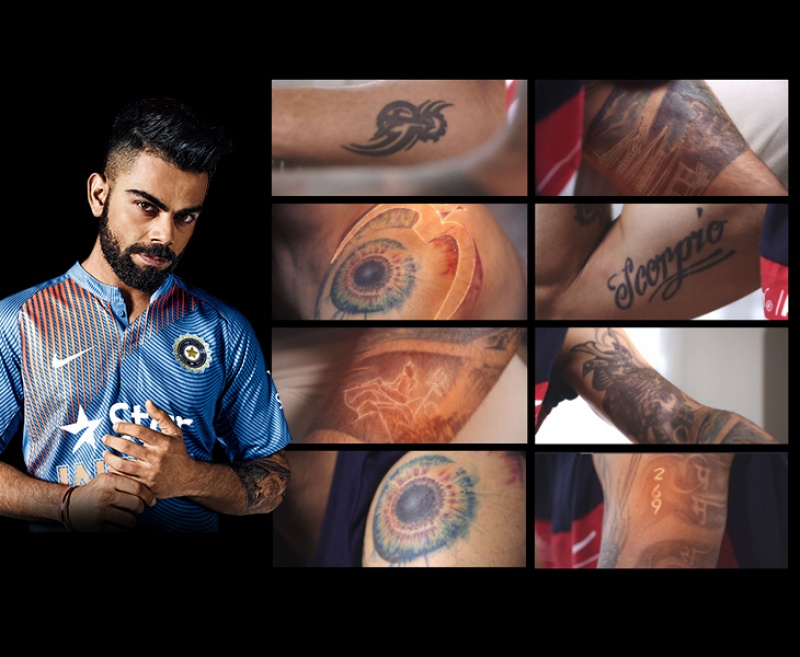The DLS method was devised by two English statisticians, Frank Duckworth and Tony Lewis, and was first used in 1997. In 2015, the method was updated by Australian academic Steve Stern, and its name was changed to the Duckworth–Lewis–Stern method.
The DLS method takes into account two factors: the number of runs scored by the team batting first and the number of overs remaining in the match. It also considers the number of wickets lost by the team batting first, as this can have a significant impact on their scoring rate.
The DLS method calculates a target score for the team batting second based on the following formula:
Target score = (Average score at par – Average score per wicket lost by the team batting first) * Overs remaining in the match
The average score at par is the average score that a team would score in a given number of overs, based on historical data. The average score per wicket lost is the average number of runs lost per wicket, based on historical data.
The DLS method is used to set a target score for the team batting second in both international and domestic limited overs cricket matches. It is also used in other sports, such as baseball and softball.
Advantages of the DLS method in Cricket
The DLS method has a number of advantages over other methods of setting a target score in rain-affected matches. These advantages include:It is a fair and objective method, as it is based on historical data.
It is relatively easy to calculate, even without the use of a computer.
It is flexible enough to be used in a variety of different match situations.
Disadvantages of the DLS method in Cricket
The DLS method also has some disadvantages, including:
It can be complex and difficult to understand.It can be inaccurate in certain situations, such as when the team batting first has lost a lot of wickets early in the match.
It can be difficult to implement in matches where the weather conditions are constantly changing.
Overall, the DLS method is the most accurate and reliable method of setting a target score in rain-affected limited overs cricket matches. It is used in all international and domestic limited overs cricket matches, and it is becoming increasingly popular in other sports as well.
Examples of the DLS method in use
Here are a few examples of the DLS method in use:- In the 2019 Cricket World Cup final, England were batting first when the match was interrupted by rain after 24.1 overs. England had scored 222/2 at that point. The DLS method was used to calculate a target score of 241 runs for New Zealand, who had 49 overs to score them. However, New Zealand were only able to score 241 runs in 46.1 overs, and England won the match by one run.
- In the 2021 Indian Premier League, the match between the Delhi Capitals and the Sunrisers Hyderabad was interrupted by rain after 18.4 overs. The Delhi Capitals had scored 159/3 at that point. The DLS method was used to calculate a target score of 162 runs for the Sunrisers Hyderabad, who had 17.2 overs to score them. However, the Sunrisers Hyderabad were only able to score 157 runs in 17.2 overs, and the Delhi Capitals won the match by four runs.
These are just two examples of the many times that the DLS method has been used to determine the outcome of a rain-affected cricket match. The DLS method is a fair and accurate method of setting a target score, and it is an essential tool for the modern game of cricket.
History of the DLS Method:
The DLS method was first introduced in 1997, and it is named after its developers, Frank Duckworth and Tony Lewis. These two statisticians from England created the method to address the issue of rain-affected matches and ensure equitable results. Later, in 2014, the method was modified and renamed as the Duckworth-Lewis-Stern (DLS) method to include the contributions of Professor Steven Stern, an Australian statistician.How Does the DLS Method Work?
The DLS method takes several factors into account to adjust the target score for the team batting second. These factors include the number of overs bowled, the number of wickets lost, and the resources available to the team at the time of the interruption. The calculation aims to provide a fair target, considering that the team batting second might have lost fewer wickets or have more overs to play when the match is affected by rain.The basic process of applying the DLS method can be summarized as follows:
The number of overs to be bowled in the match is determined, taking into account the overs lost due to rain or other interruptions.The target score is recalculated based on the number of overs and wickets remaining. The DLS method provides a table of par scores for different combinations of overs and wickets lost.
The team batting second is required to achieve the revised target within the available overs.
If the revised target is achieved, the team wins. If not, the team batting first wins.
Example of DLS Method in Action:
Let’s consider a hypothetical situation where a team batting first scores 250 runs in 50 overs. However, due to rain, the second innings is reduced to 40 overs. Using the DLS method, the target for the team batting second might be revised to 200 runs. This revised target ensures that the team batting second has a fair opportunity to win the game within the reduced overs.Criticism and Controversies:
While the DLS method is widely accepted and used in international and domestic cricket, it has not been without its share of controversies. Critics argue that the method can sometimes produce unrealistic targets, leading to unsatisfactory outcomes. Additionally, the DLS method has been criticized for being complex and challenging for fans and players to understand fully.Despite these criticisms, the DLS method has become an essential tool in the world of cricket, helping to manage the impact of adverse weather conditions and ensuring that matches are decided fairly.
Also Read: IPL 2024 Tickets Online Booking, Date, Ticket Price, Schedule and Booking Steps















